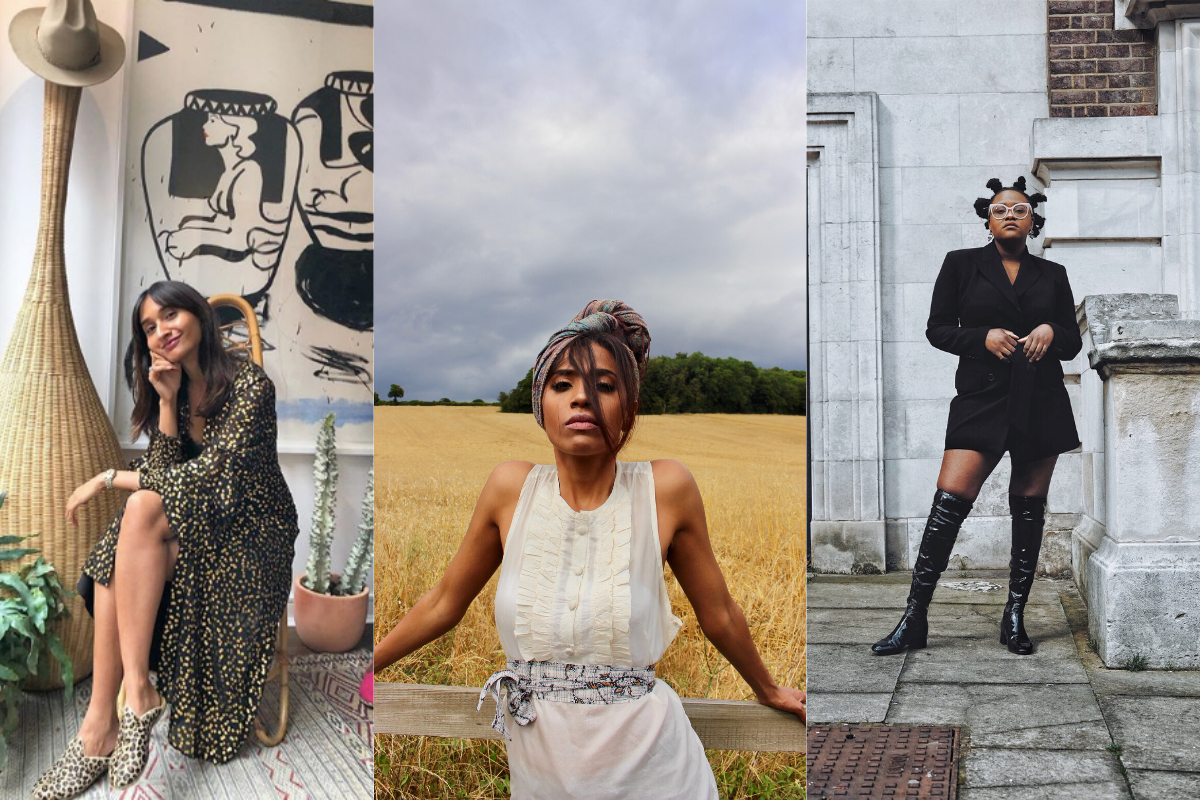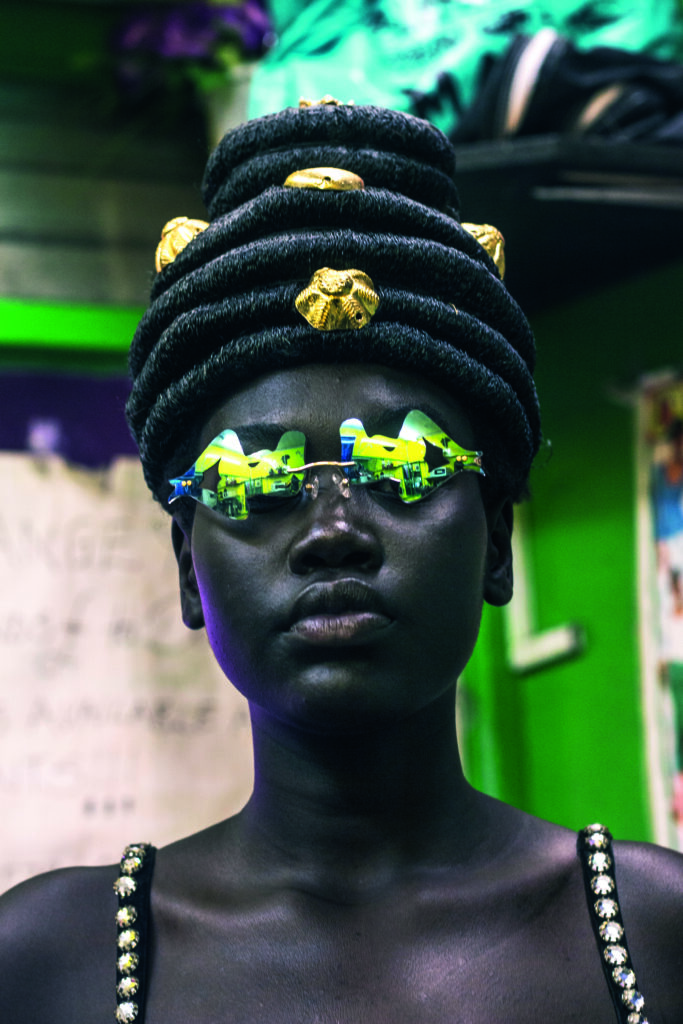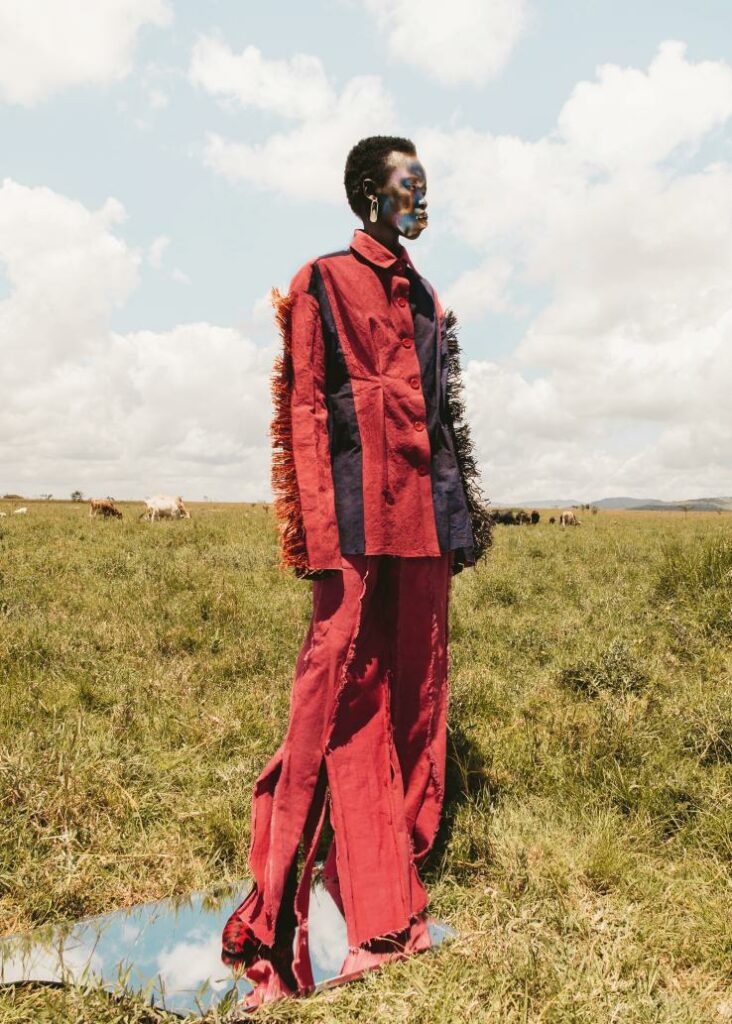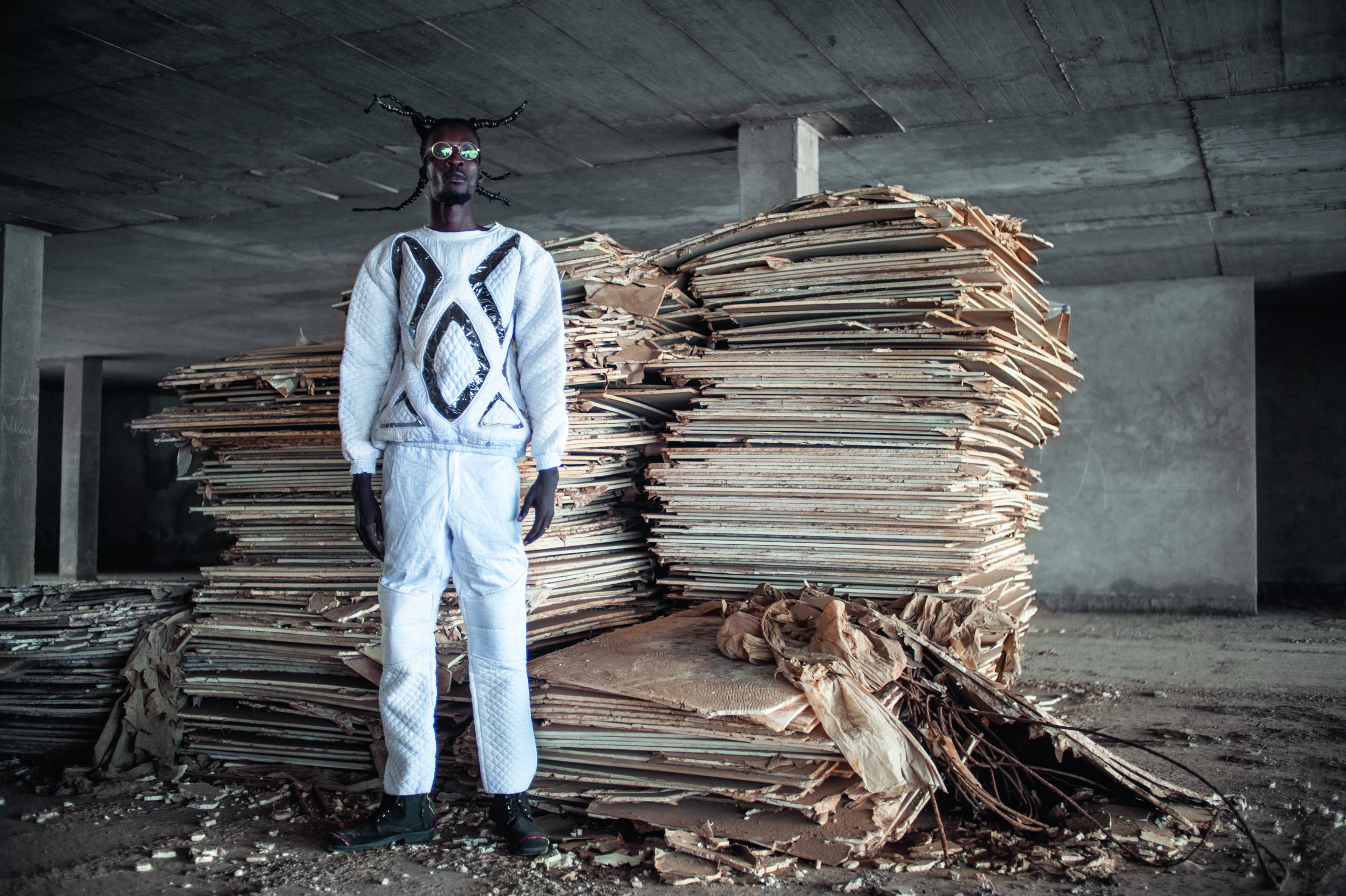
Why African fashion is having its moment
A new wave of books, exhibits, reality TV shows and more are putting the continent’s style on the map.
Sagal Mohammed
26 Apr 2022
More than ever, African designers are being celebrated in significant cultural moments, both in the luxury fashion space and in pop culture. All eyes were on Nigerian designer Lisa Folawiyo when a piece from her SS19 collection (a beautiful pastel yellow floral printed blazer) was worn by Issa Rae on the final season of HBO’s Insecure last year. Similarly, Zendaya sported a Post Imperial hat on the cover of GQ’s February 2021 issue, shining a light on the West African brand and its founder Niyi Okuboyejo, just like Viola Davis, Janet Jackson and Laverne Cox, who are all fans of Lavie by CK, having worn custom gowns by Cameroonian designer Claude Kameni on Hollywood red carpets. In March of this year, DHL launched its first ever collaboration with an African brand, joining forces with South African footwear favourite, Veldskoen Shoes in a global partnership. Then there was the premiere of Netflix’s Young, Famous & African, the streaming service’s first African-based reality TV series, giving center stage to the multifaceted style, fashion and culture of the continent – an image that’ll only be strengthened with the new Real Housewives of Lagos, the popular Bravo franchise’s first African installment.
Africa is experiencing a cultural renaissance, musically, artistically (just look at Sketch’s new vibe shift) and sartorially. The continent, once excluded from the international luxury space, is now at the cusp of a full fledged takeover, with cities like Lagos, Johannesburg, Bakar and Nairobi holding their own among the likes of New York, London, Paris and Milan in cultural conversations about where the future of fashion lies.
“I feel like now more than ever African designers are really taking charge of their own narratives and telling people authentic stories”
This summer, London’s V&A will launch Africa Fashion, an exhibition featuring 45 designers from over 20 countries and presenting over 250 objects. Many of the clothes on display have been compiled from the personal archives of mid-twentieth century African designers like Shade Thomas-Fahm, Chris Seydou, Kofi Ansah and Alphad. Others will be the work of contemporary designers celebrating their influence and current contribution to the growth of African fashion. Curated by Dr Christine Checinska, the exhibition tells the stories behind each object, with personal insights from the designers. “There are so many facets of where we’ve been through as a continent that people don’t actually understand, so often that our story has been told by other people,” says South African designer Thebe Magugu in the trailer for the exhibit. “I feel like now more than ever African designers are really taking charge of their own narratives and telling people authentic stories.”
(From L to R) Photography by Bewan-Agyemang and Kola-Oshalusi
This slow but sure mainstream takeover of styles from the continent, and everything that comes with it, is explored in Africa: The Fashion Continent, written by Emmanuelle Courrèges, which delves into a generation of artists who, in more ways than one, are revolutionizing the world’s perception of Africa through their artistic craft.
“This new wave sweeping the world today is born not only out of an ebullient creativity in Africa, but also out of a powerful force, a singular voice that is rising up and opening a new chapter in fashion,” Courrèges writes in the book’s opening. She’s referring to the likes of Magugu, who became the first talent from the continent to win the LVMH prize in 2021 – the industry’s most prestigious accolade for young artists – Nigeria’s Emmanuel Okoro, who won the inaugural edition of Africa Fashion Up (an annual showcase for African designers held in Paris) for his skillful West African weaving techniques, and Cameroonian Imane Iyassi, who was recently presented with the French Embassy’s cultural service award for his contribution to the arts after becoming the first Sub-Saharan African designer to debut a Haute Couture show in the French capital in 2020.
“The younger generation, less conditioned by the past and more open to novelty, is accelerating the transformation”
It helps that Africa has the youngest population in the world, with 70% of its people under 30. “The younger generation, less conditioned by the past and more open to novelty, is accelerating the transformation, much like “repats,” or “third culture kids” who “return home” to the country where their parents or grandparents were from, after growing up in Europe or the United States,” writes Courrèges. “The younger generations feel free to explore new areas of freedom. New technologies no longer open a window onto the West alone; now they introduce these young people to the rest of Africa, and thus to the continent’s artists and fashion designers who are stimulating creativity across African borders.”
These milestone moments in fashion have shown that there’s a keen external eye on the development of African fashion. But rather than integrating into the ready-built Western space, African designers – across a plethora of cities among its 54 countries – are firmly fixed on making the continent thrive from within. “There is an incredibly creative new generation of fashion designers, stylists, photographers and artists in Sub Saharan countries right now,” says Iyassi, who is among the many designers cited in Courrèges’ book. “We all belong to a generation of African people who have done away with the inferiority complex fostered by decades of European colonization. We are ready to rediscover our cultures and traditions and to adapt them to our modern time.” They’re doing this by remixing traditions to not only push African textiles to the forefront of fashion, but as Courrèges accurately puts it, create a new aesthetic that reflects a continent-wide demand – for cultural reappropriation and the invention of a language exclusive to Africa.

This is translated in the creative styles of Africa’s contemporary designers in everything from the manufacturing (all of which takes place within the continent for most), the textiles and the stories told through their clothes. Take Kenneth Ize, whose fabric-first ethos showcases the craftsmanship of hand-woven Nigerian textiles made in his native country. Most recently, his SS22 Paris Fashion Week show was filled with pattern-mixing and ornamental stitching in a colorful, gender-neutral collection of ready-to-wear blazers, dresses, shirts and skirts, all of which blended materials of his heritage into modern looks. Meanwhile, Lagos-based Adebayo Oke-lawal, Founder and Creative Director of clothing line Orange Culture Nigeria, constantly challenges notions of masculinity with androgynous designs birthed by the vibrancy of traditional African prints. “For decades we were told how we were supposed to be as African designers by people who weren’t even African,” Oke-lawal tells gal-dem. “Finally we are a generation that is taking our narrative and owning our voices ourselves. So it’s fresh and exciting and it’s genuine.”
“From the flourishing Afropunk scene in Johannesburg to the dandy sapeurs of Kinshasa, each region has its own rich subculture and harnessing organizations”
The continent is one of the most diverse places on the planet, with differences in languages, climates, comminities and post-colonial impacts that influence many societies. This has led to the evolving fashion and culture scene we’re witnessing right now in multiple countries across Africa. From the flourishing Afropunk scene in Johannesburg to the dandy sapeurs of Kinshasa, each region has its own rich subculture and harnessing organizations, like Lagos Fashion Week and the African Fashion Foundation in Ghana, contributing to the overall movement. “The fashion scene in Africa is as diverse as the continent. You can’t compare the scene in Nigeria with the one in Cameroon or Morocco,” says Iyassi. Oke-lawal agrees, adding: “We are all at very different stages of infrastructure, development, financial dependency and even retail. One thing that’s for sure is we are figuring it out on our own and building from within.”
(From L to R) Photography by Maganga Mwagogo and Bewan Agyemang
Building from within is at the core of everything for emerging African designers, who consciously opt for manufacturing in their natives and neighbouring countries to not only keep all production on the continent but create job opportunities for Africans and contribute to the overall economy. Courrèges’ book points out that in the last fifteen years, African societies have seen rapid political, economic, demographic, and socio-cultural changes, all of which have birthed a middle class in countries like Kenya, Ghana, Ivory Coast, Nigeria and Angola – the latter two being the leading consumers of luxury brands in the world. It highlights yet another reason why Africa has become a focal point for the future of fashion, and why the West is looking to the continent for the growth of the industry. “The international fashion scene is happy to welcome us because of the fresh air we bring,” says Iyassi. “But it is also completely driven by marketing and finance.”
“I don’t think we’re necessarily waiting to get a seat at the table. What is important is that we highlight this alternative African identity”
Reclaiming ownership of one’s own culture and creativity is what makes this movement so exciting. There’s a strong sense of pride and protection from the new generation of young African talents, all of whom are using fashion, music and visual arts to push the cultural reckoning. “When we’re creating our work it is like we’re actually educating people,” says Adeju Thompson, Founder and Creative Director of Lagos Space Program. “I don’t think we’re necessarily waiting to get a seat at the table. What is important is that we highlight this alternative African identity.”
Like what you’re reading? Our groundbreaking journalism relies on the crucial support of a community of gal-dem members. We would not be able to continue to hold truth to power in this industry without them, and you can support us from £5 per month – less than a weekly coffee.
Our members get exclusive access to events, discounts from independent brands, newsletters from our editors, quarterly gifts, print magazines, and so much more!
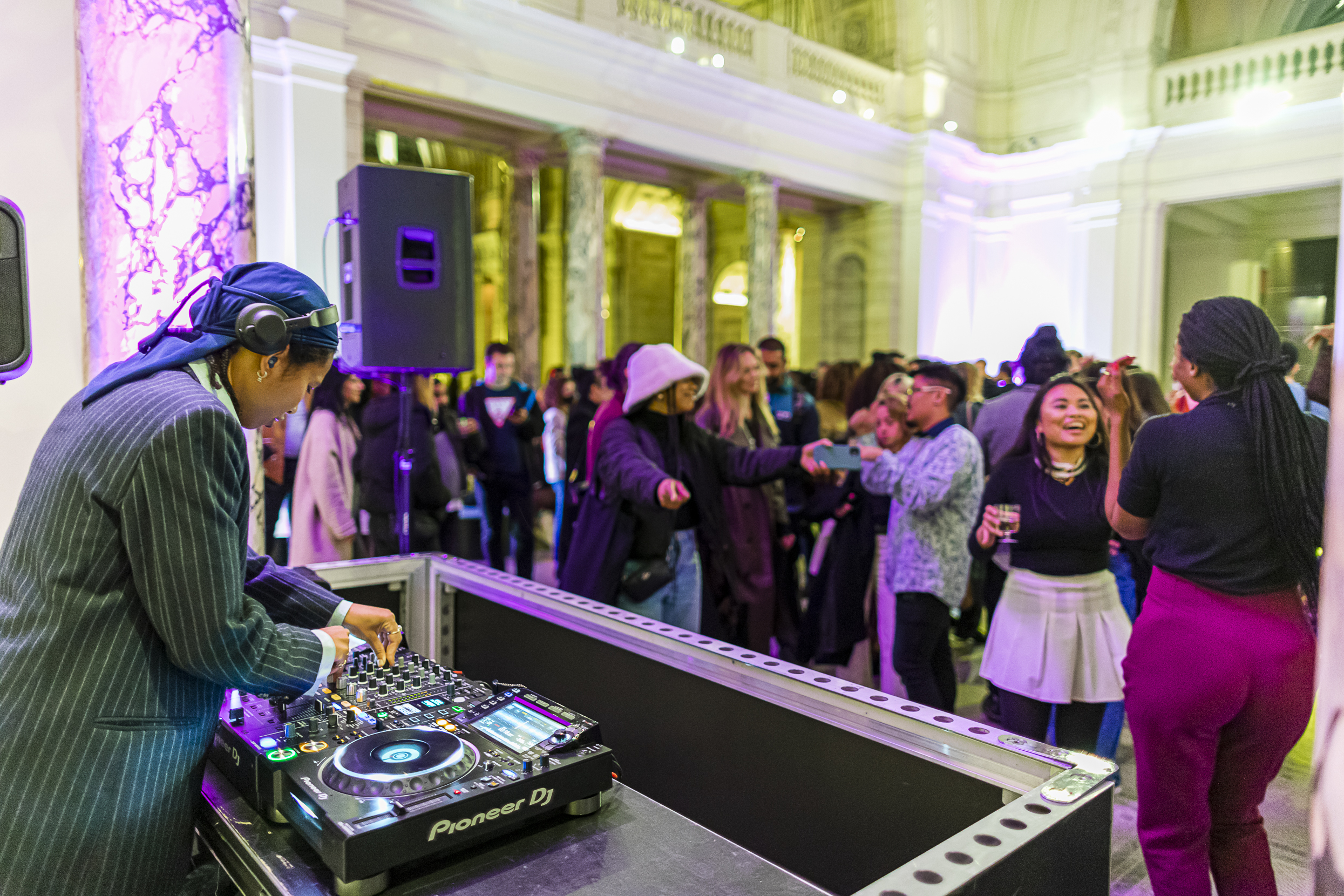
What happened when gal-dem imagined a sustainable future at the V&A?
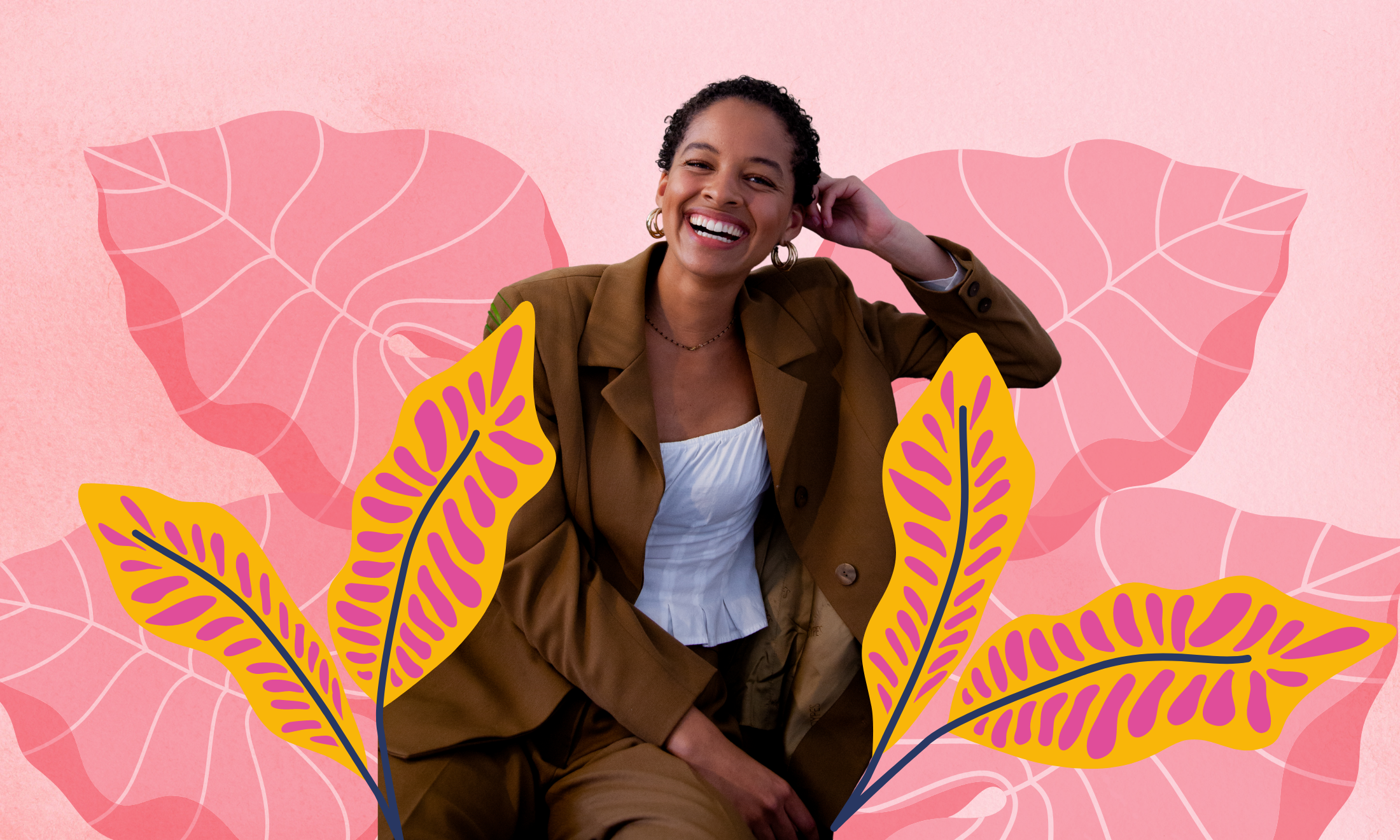
How a new clothing repairs app wants to bring lasting change to the fashion industry

SAMAVAI is transforming cherished family saris into beautiful, sustainable shirts
